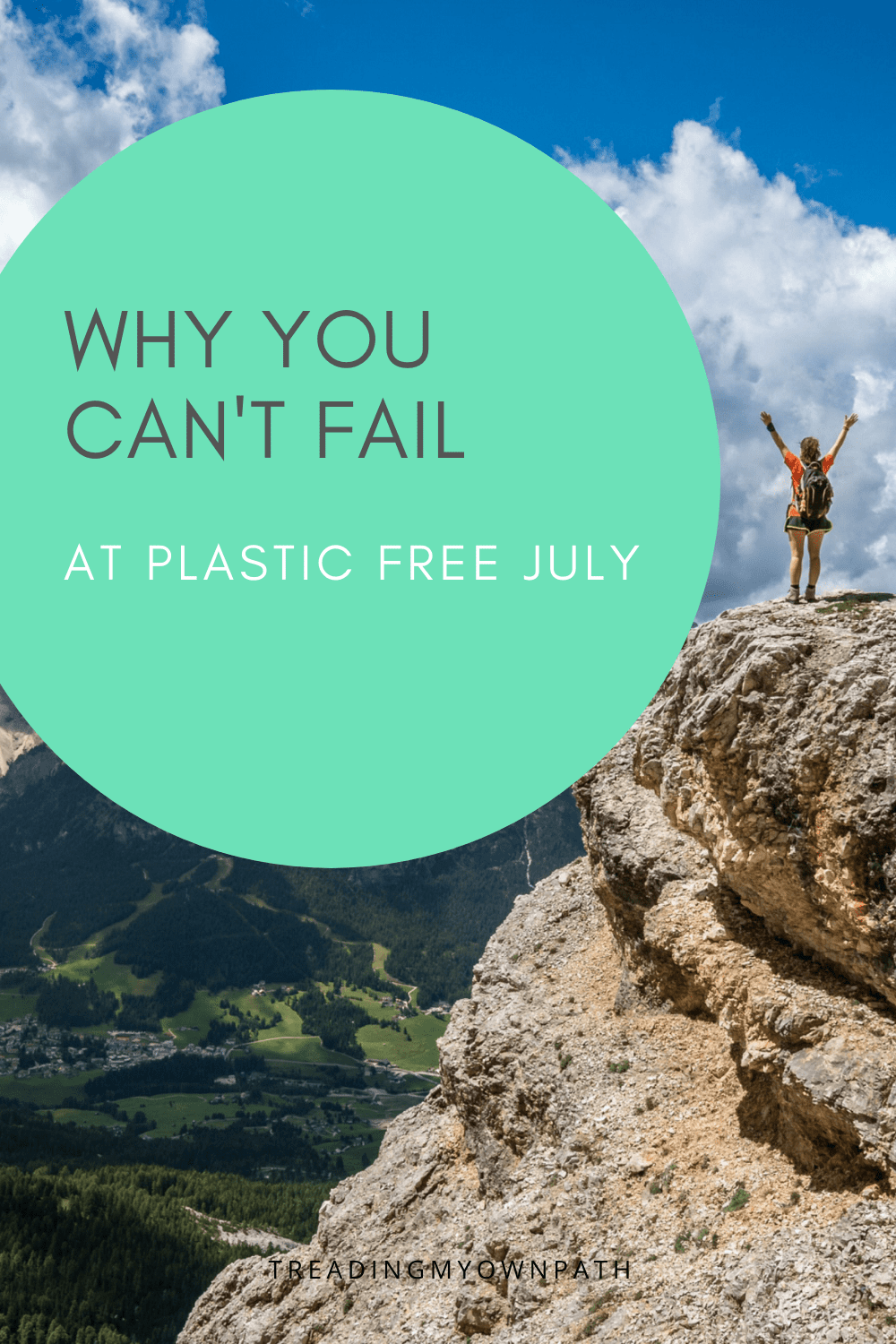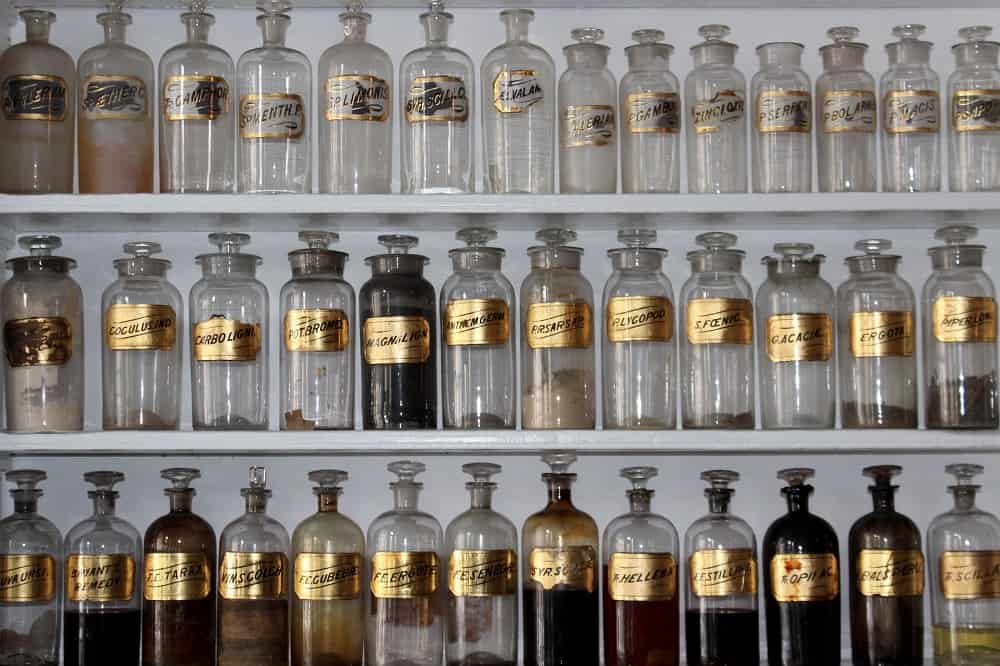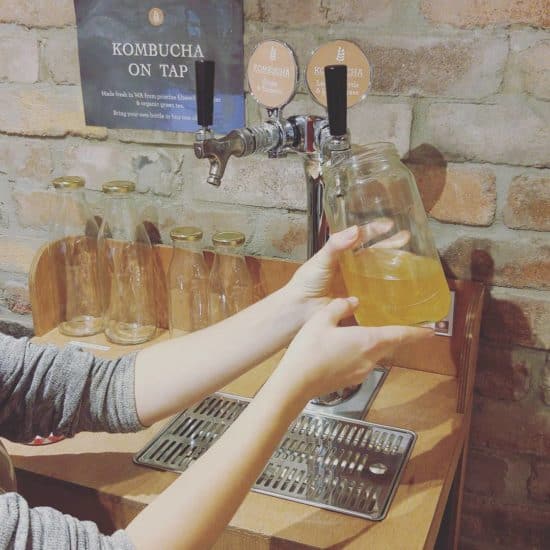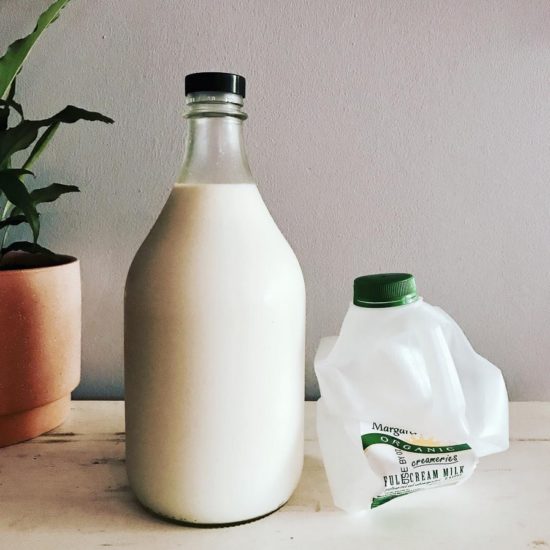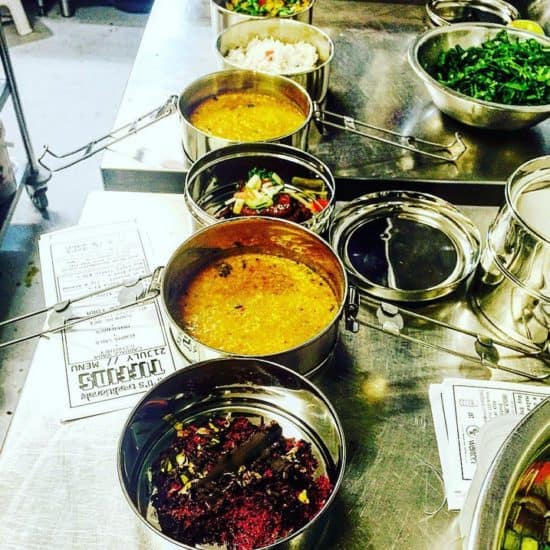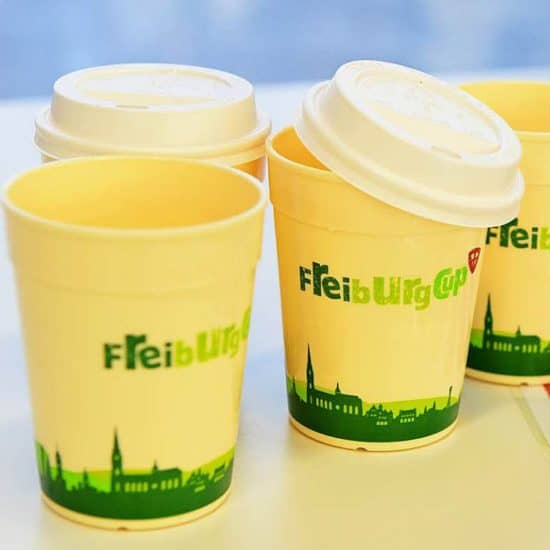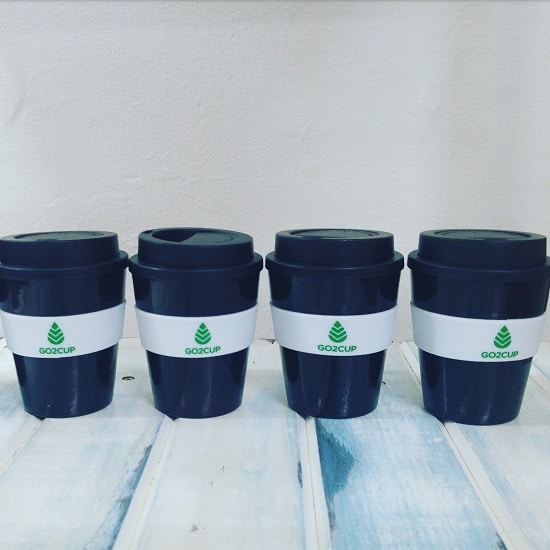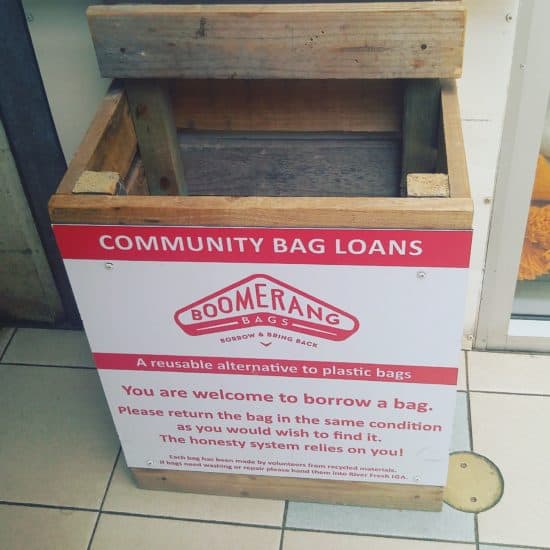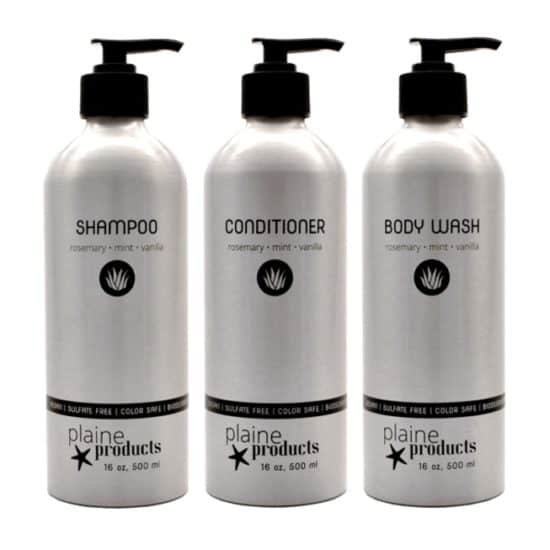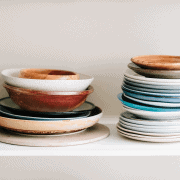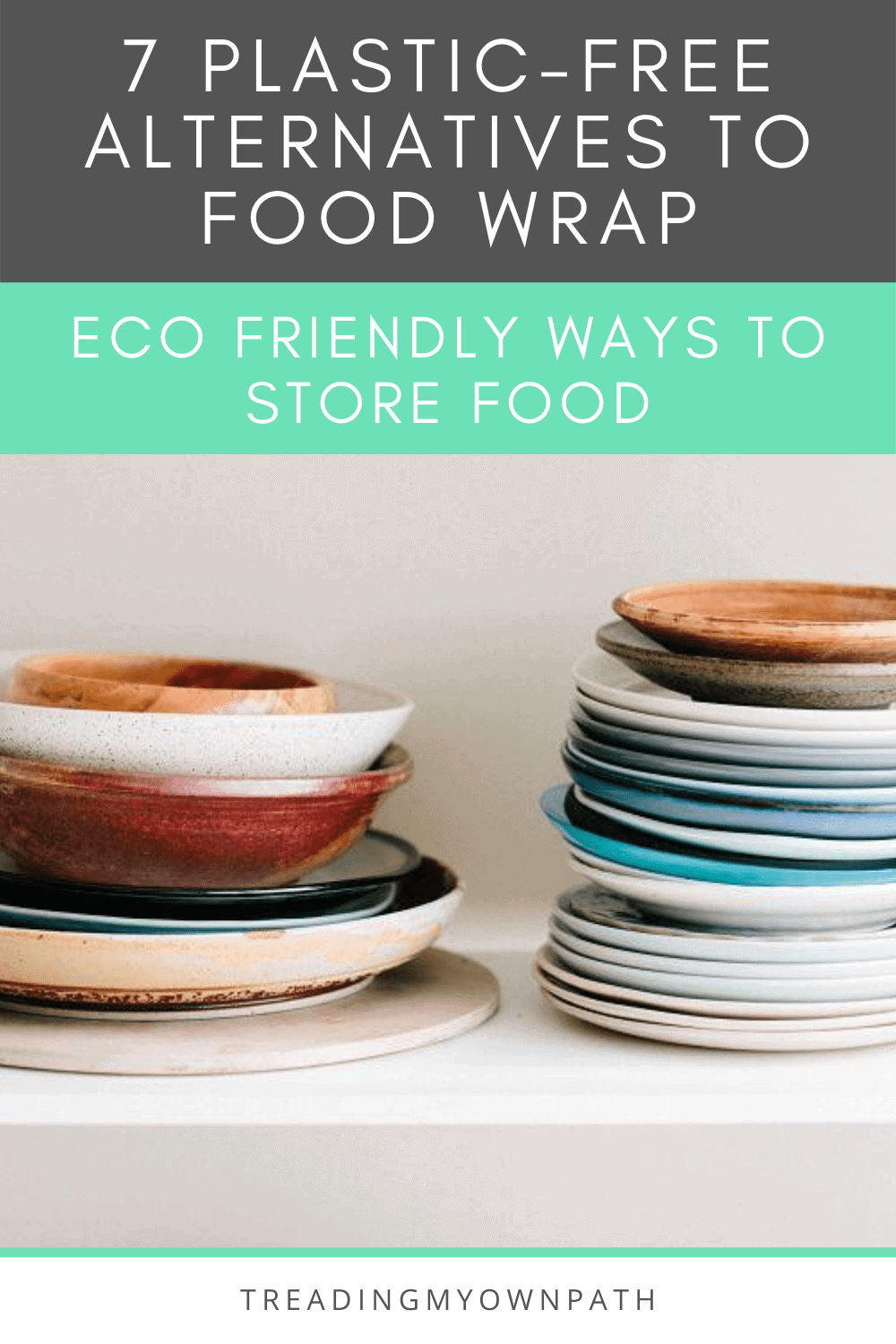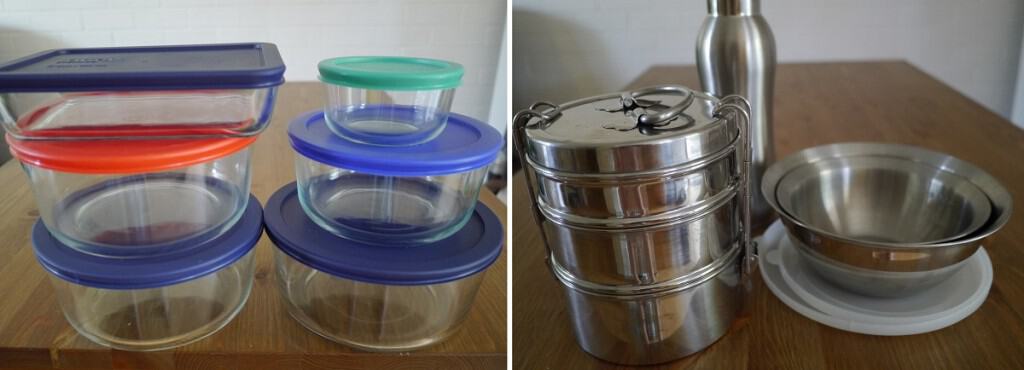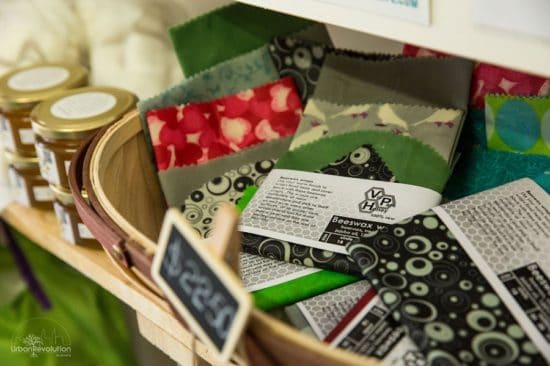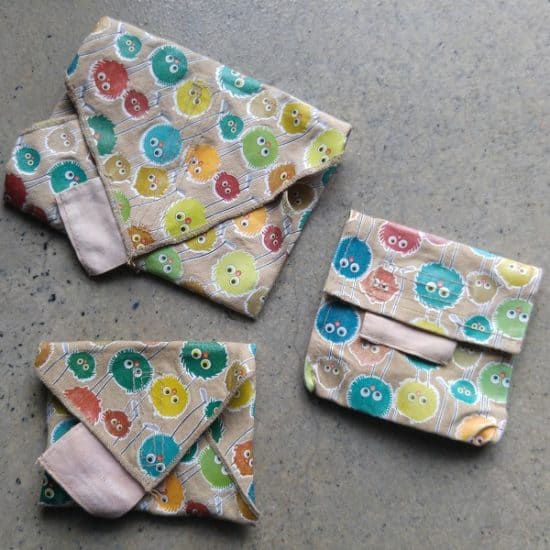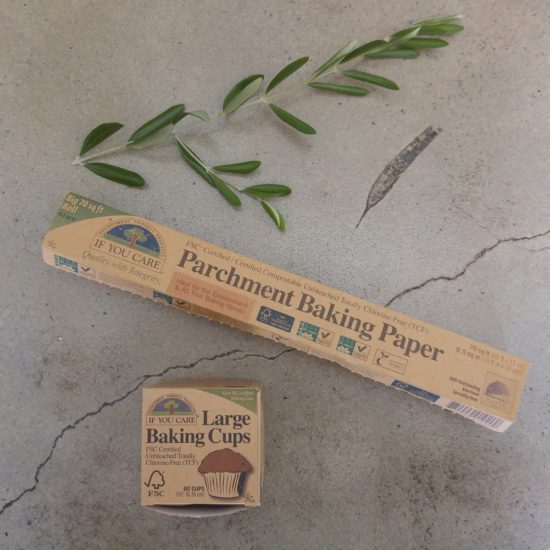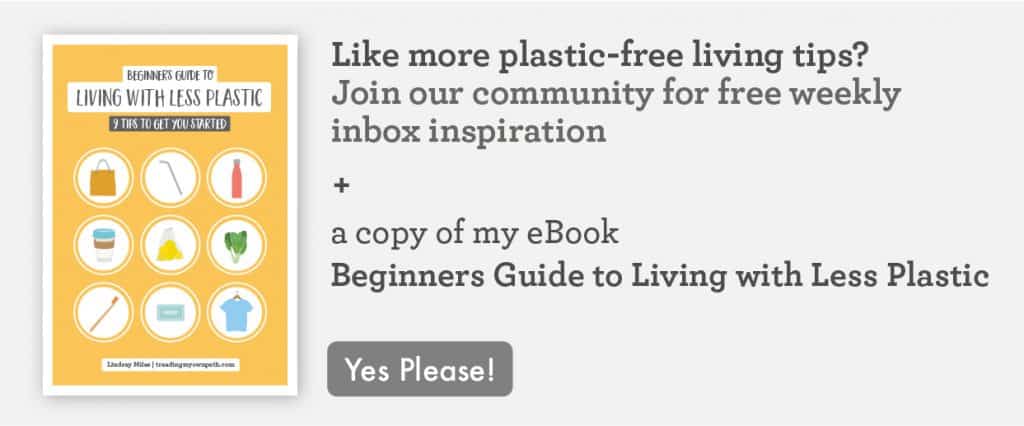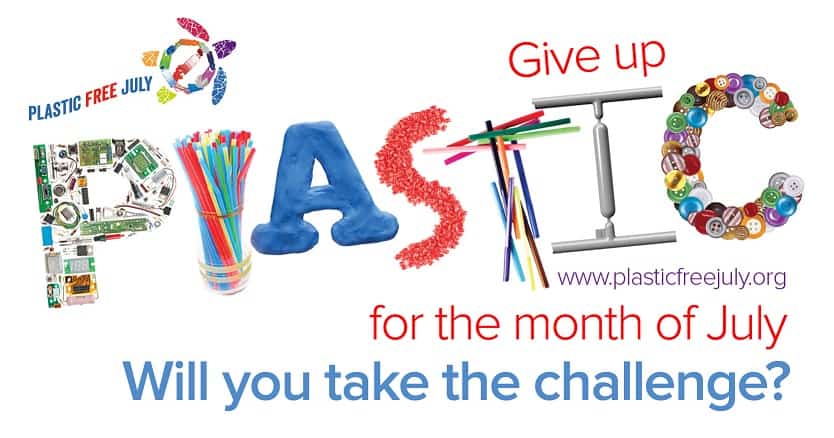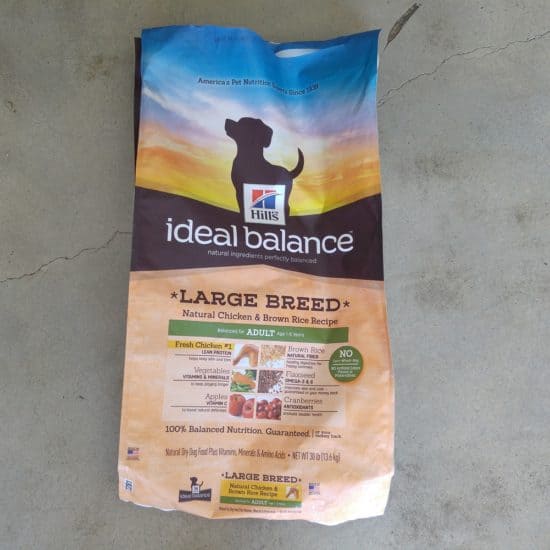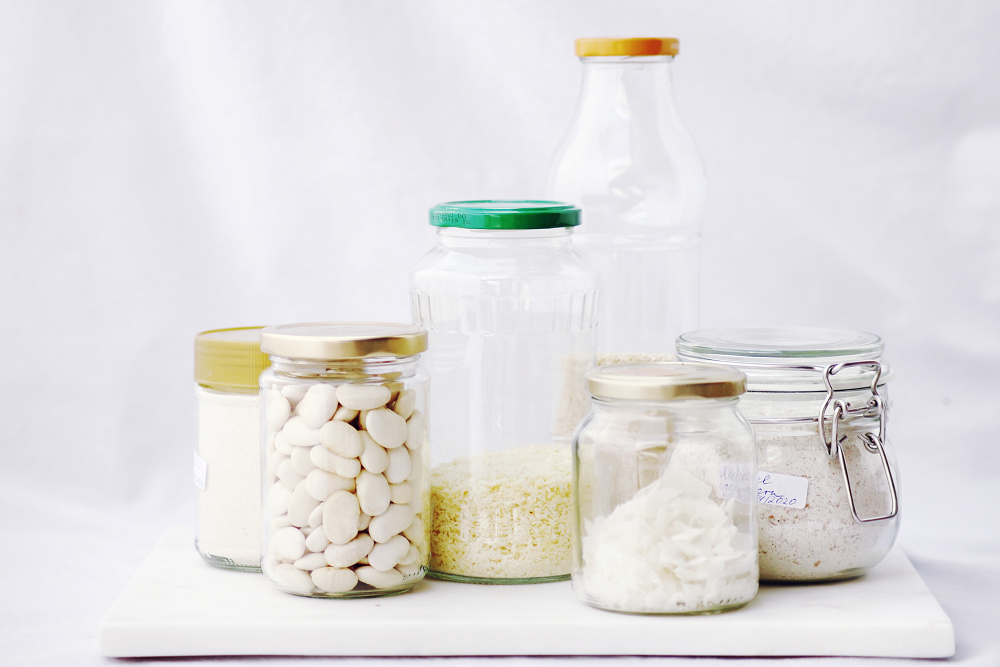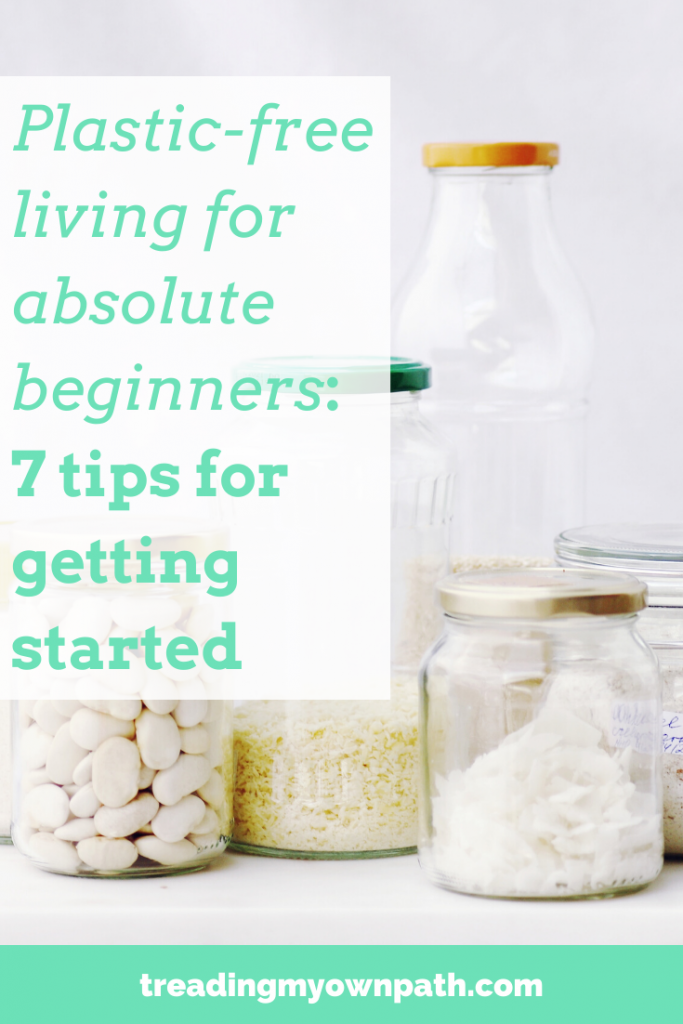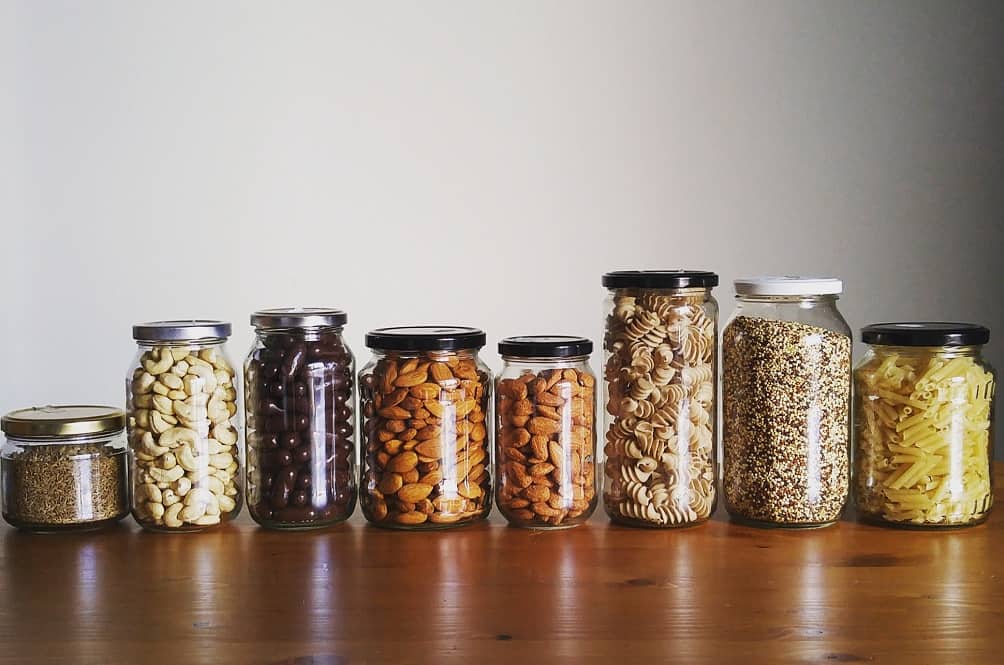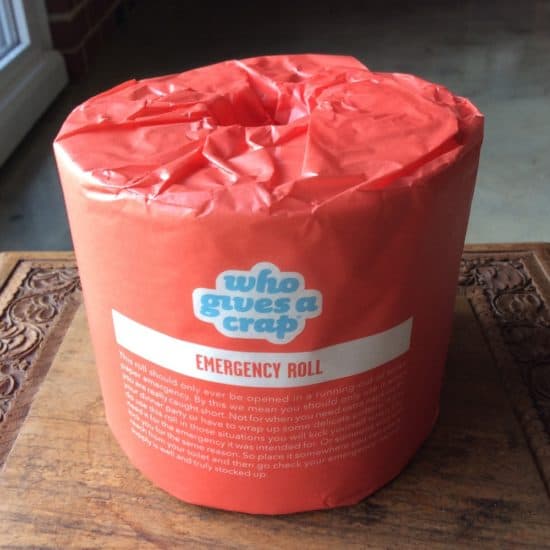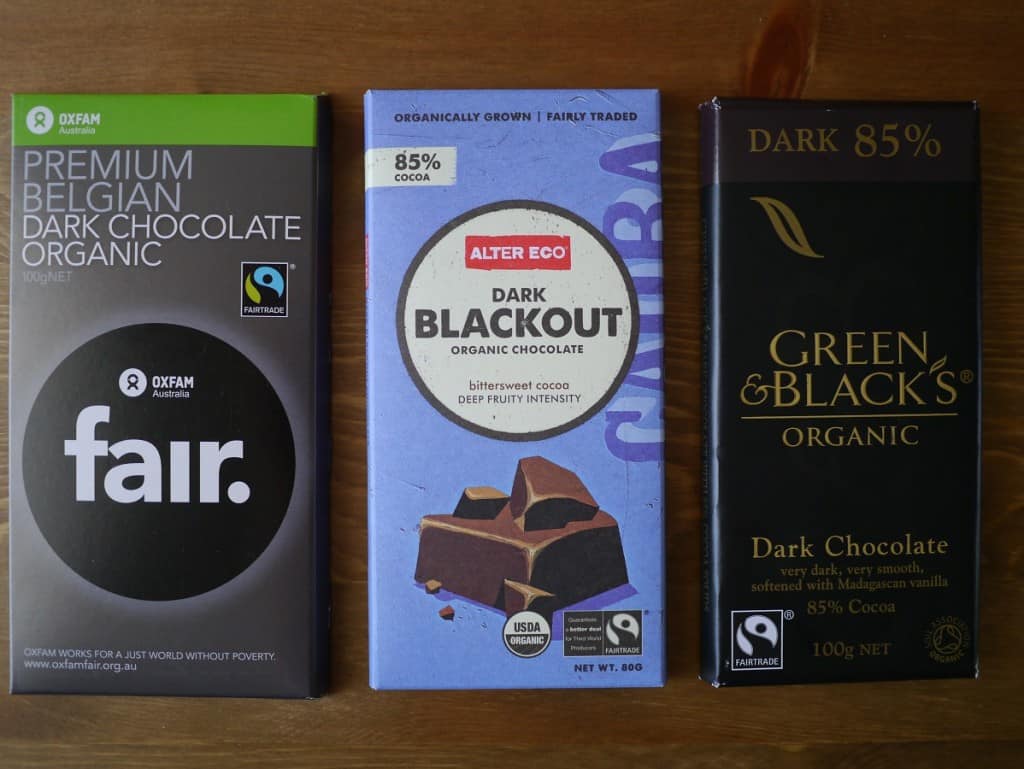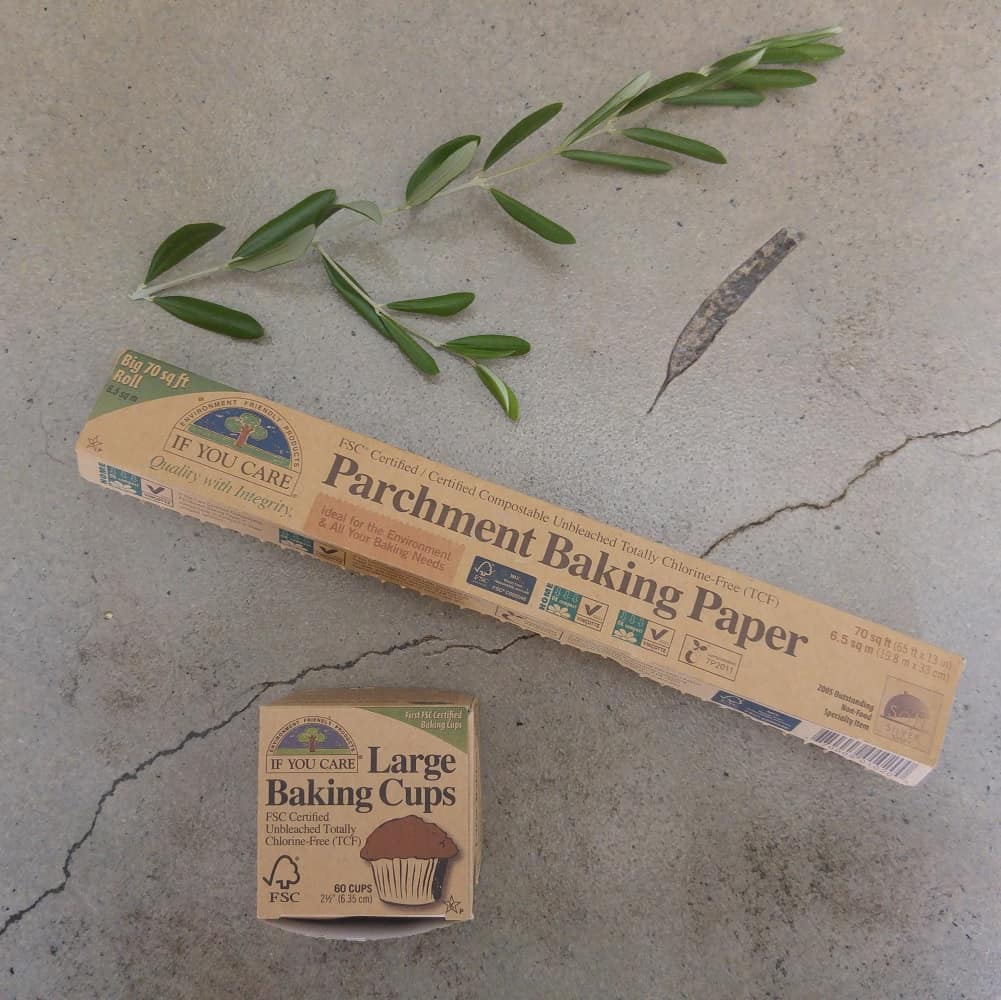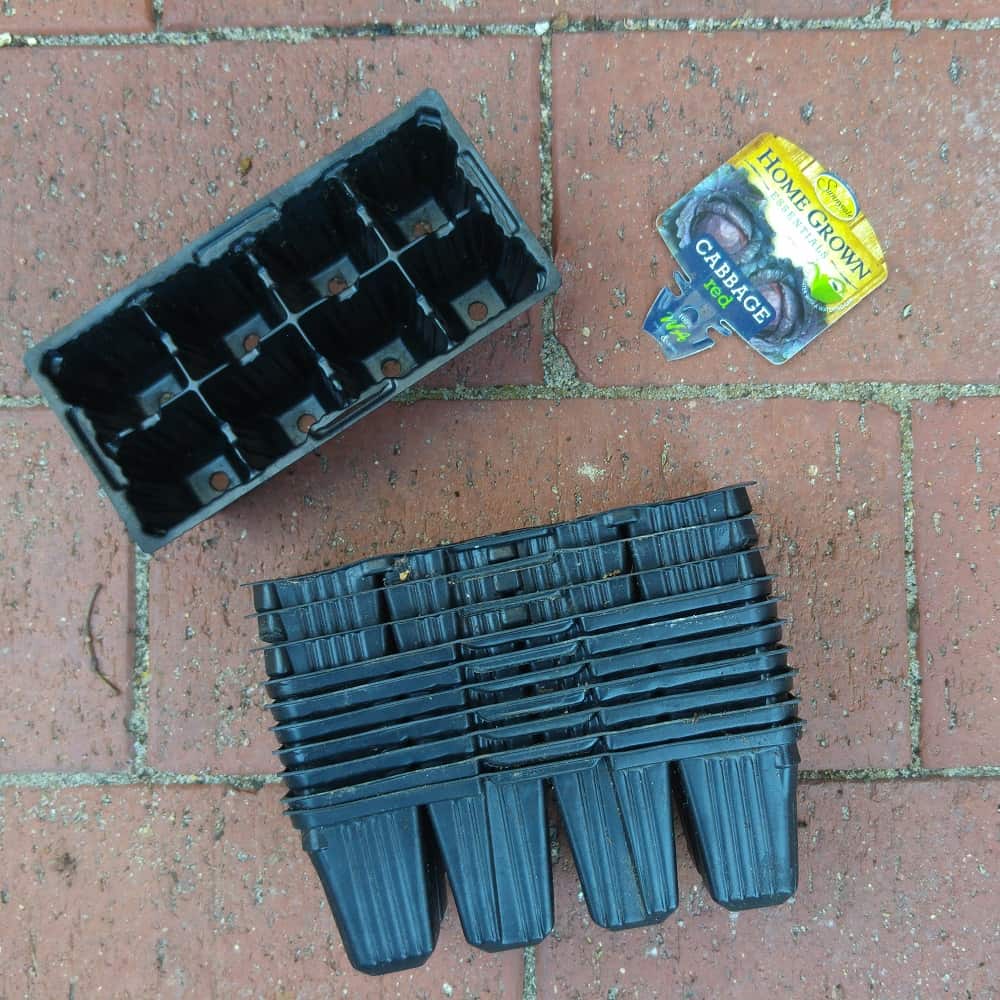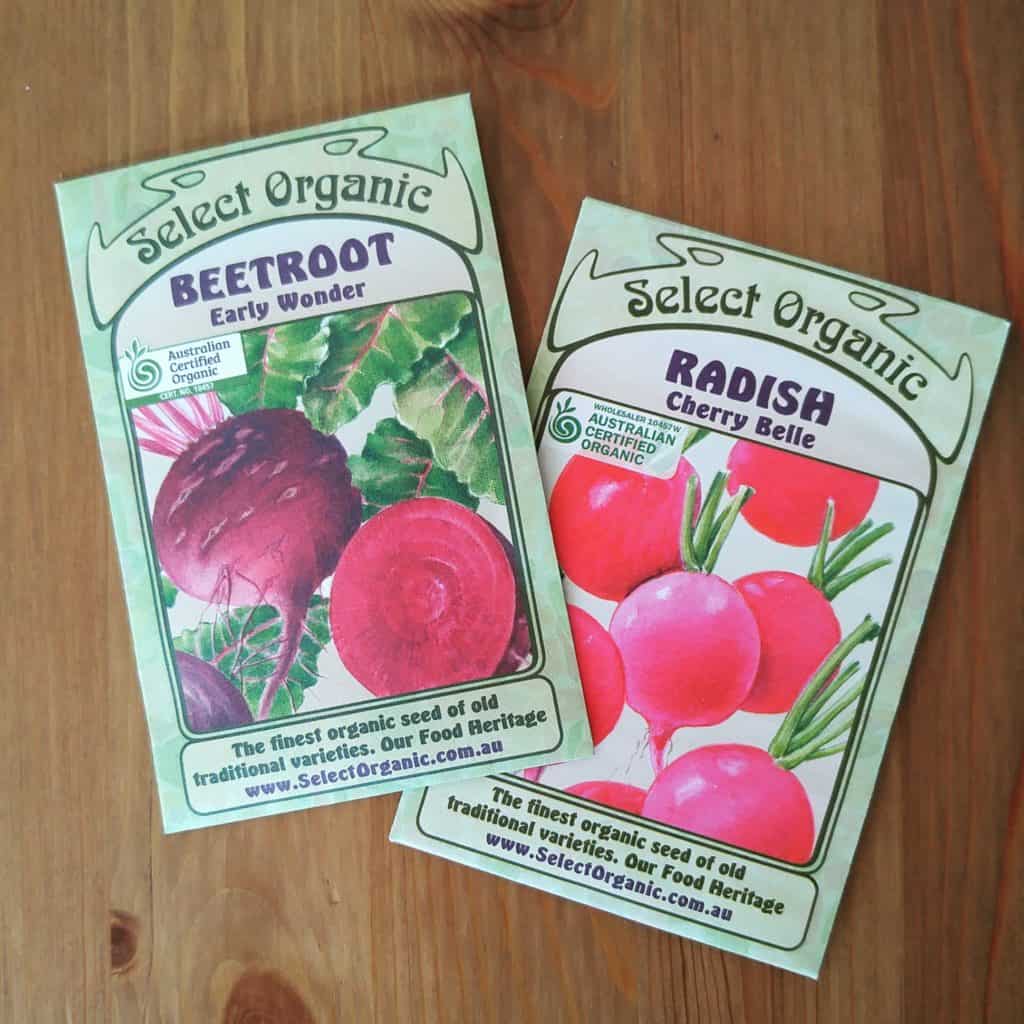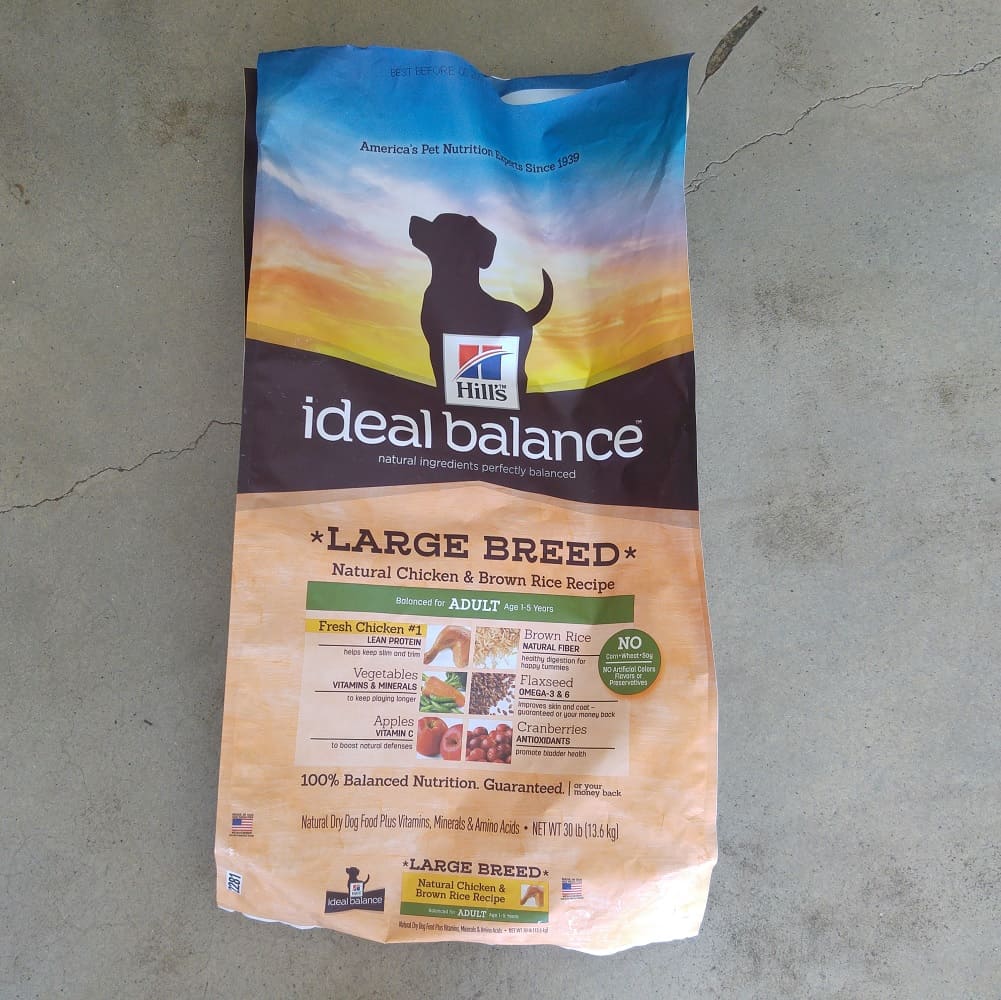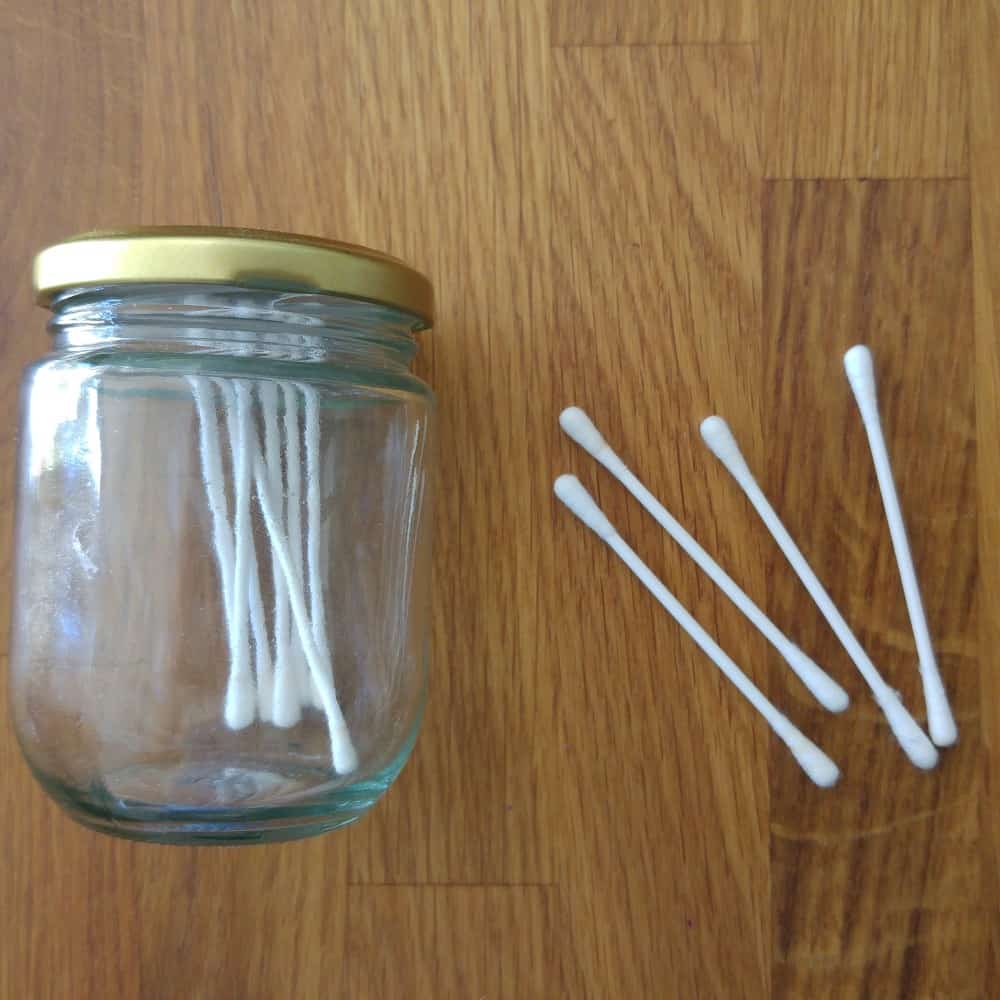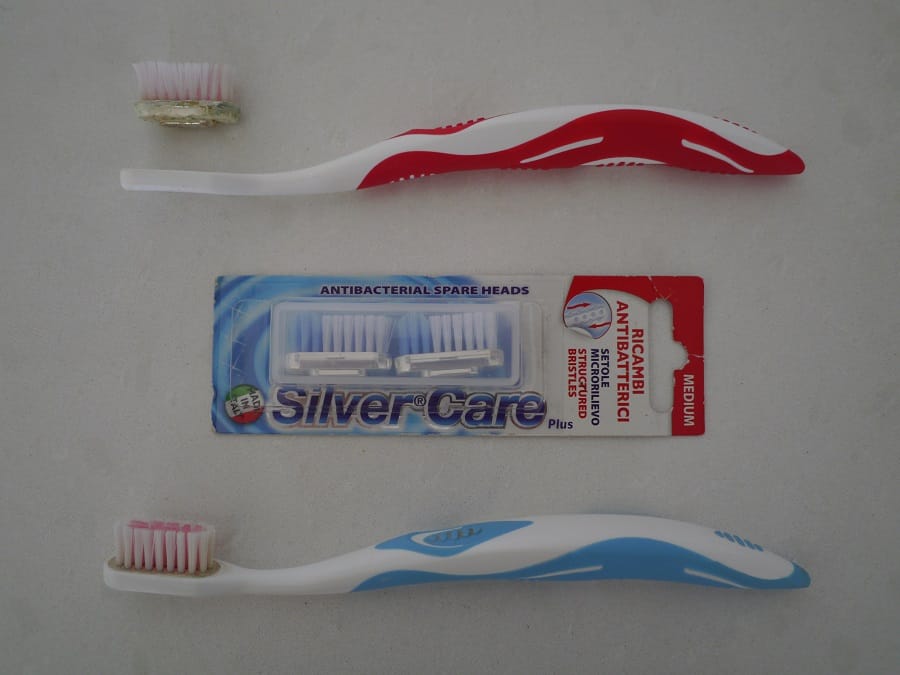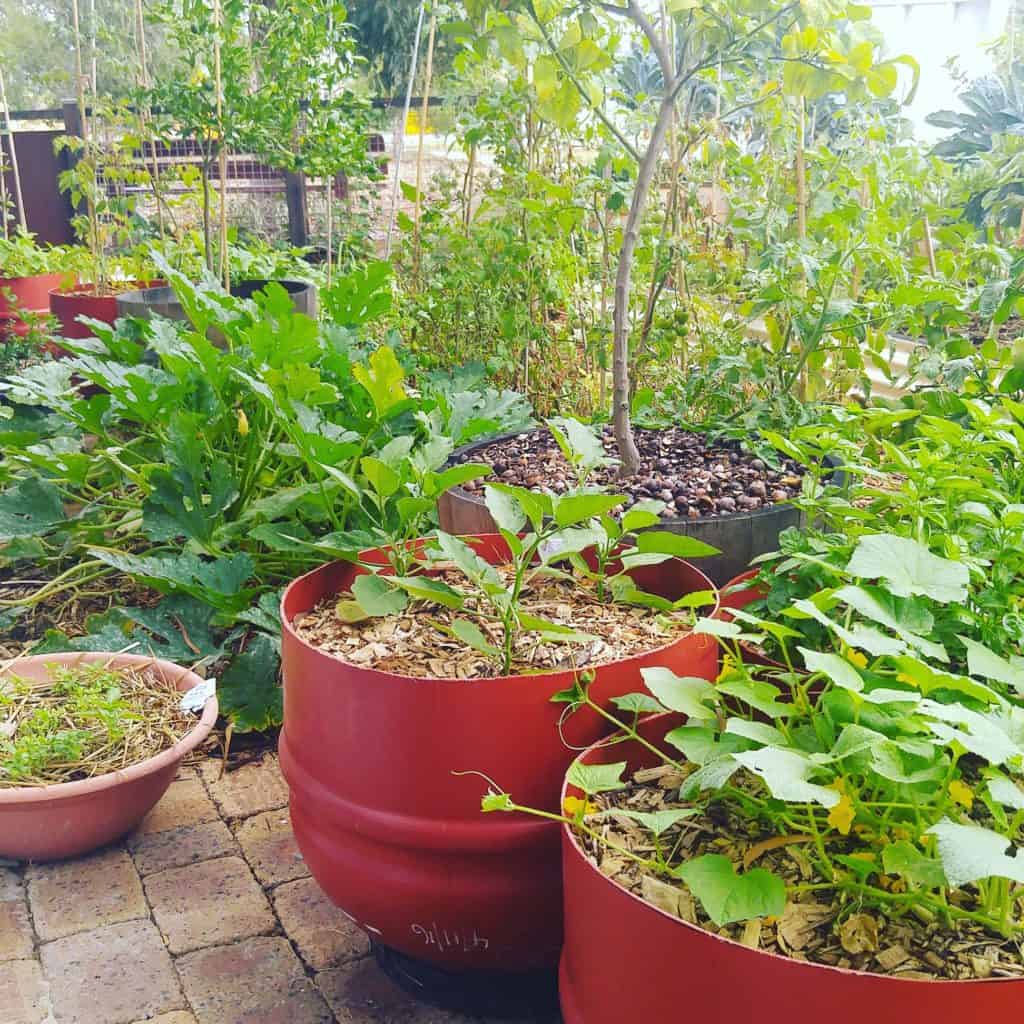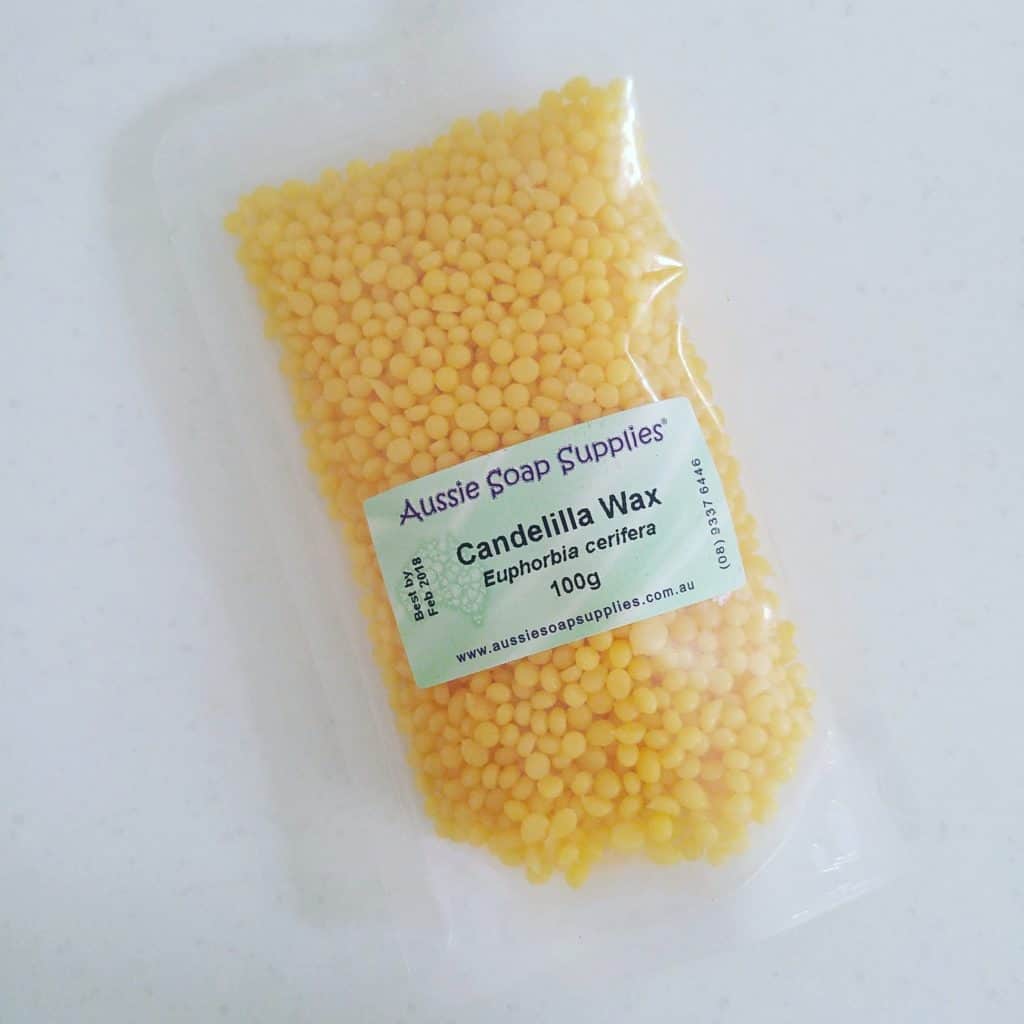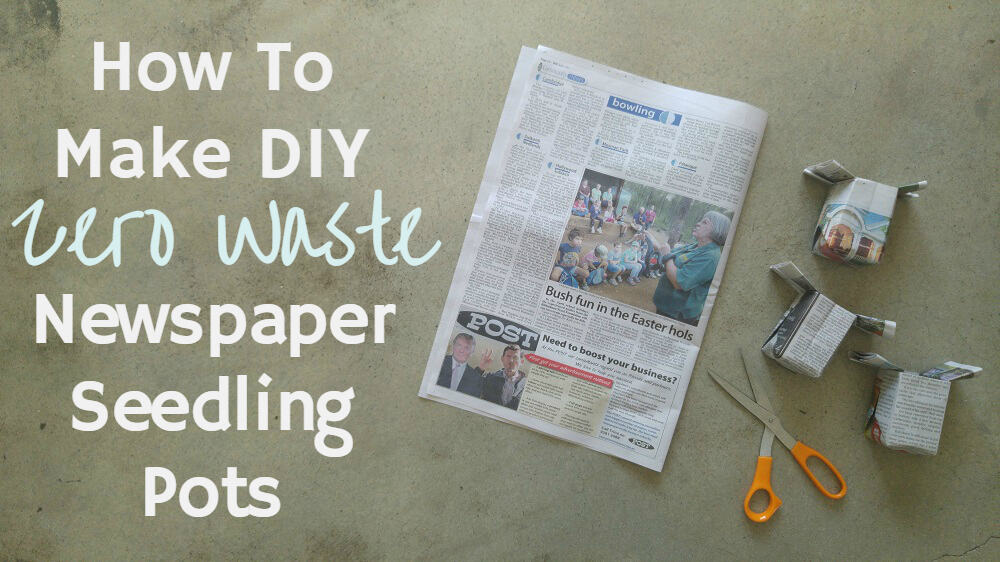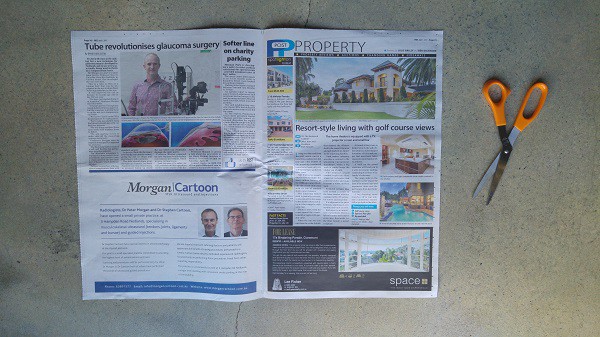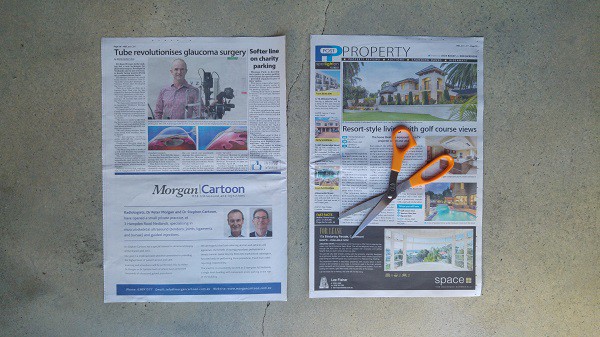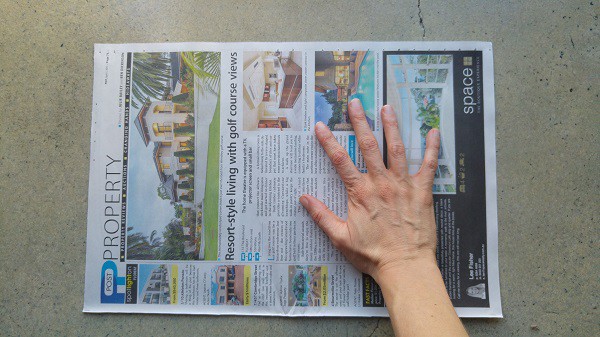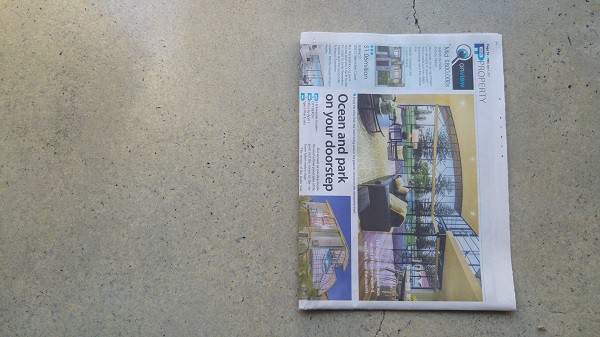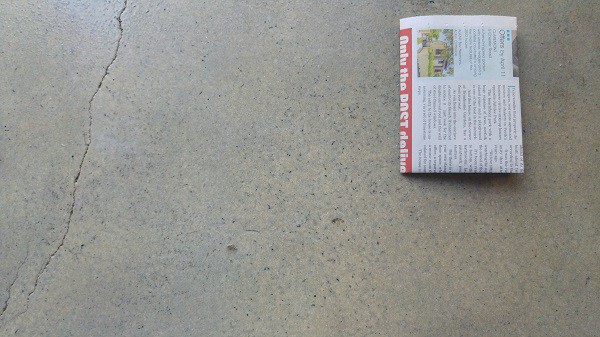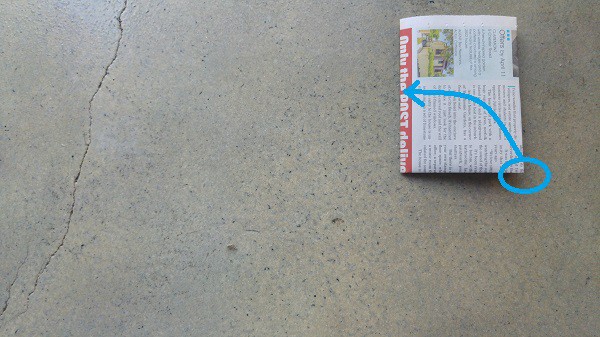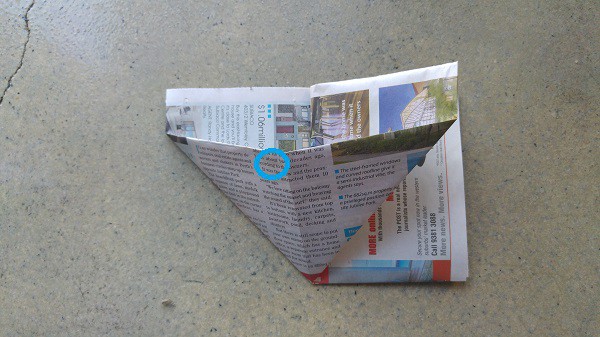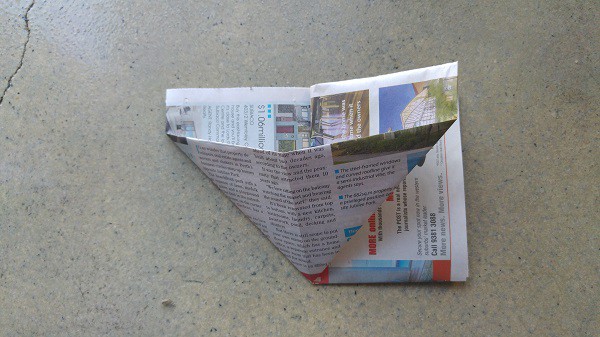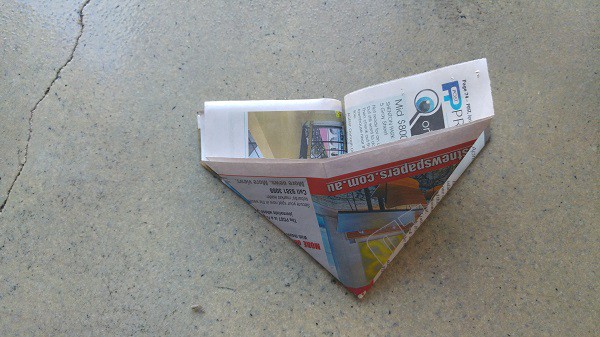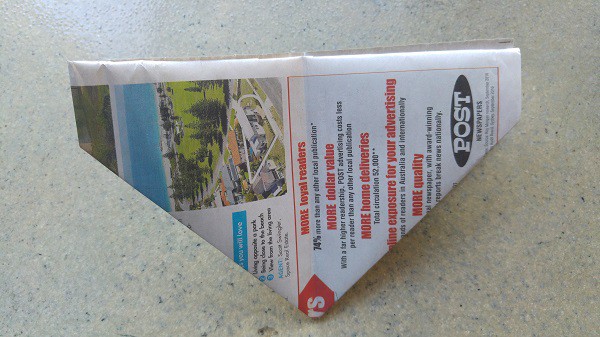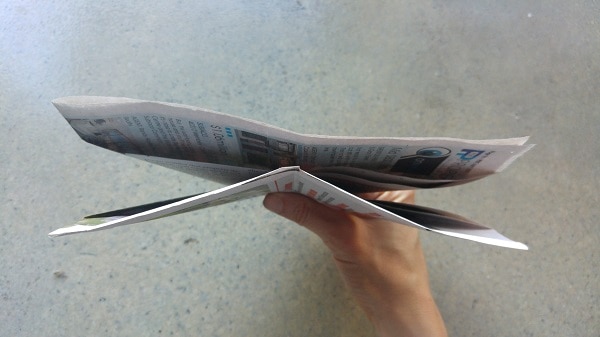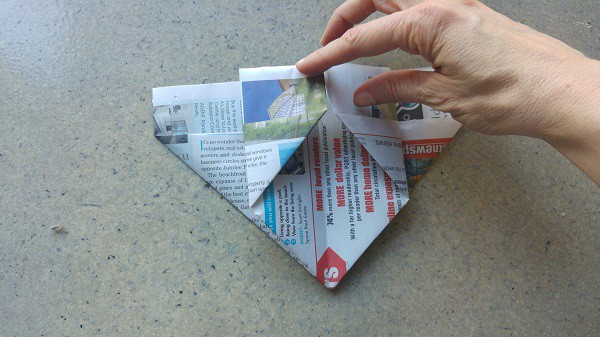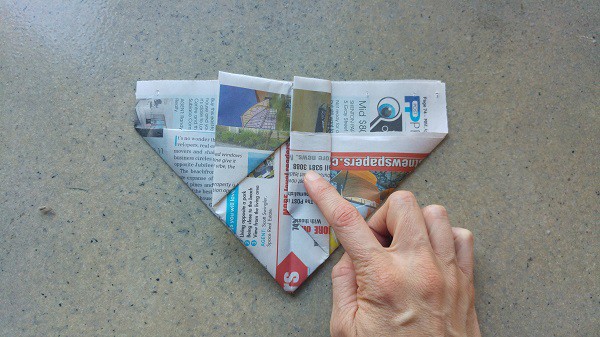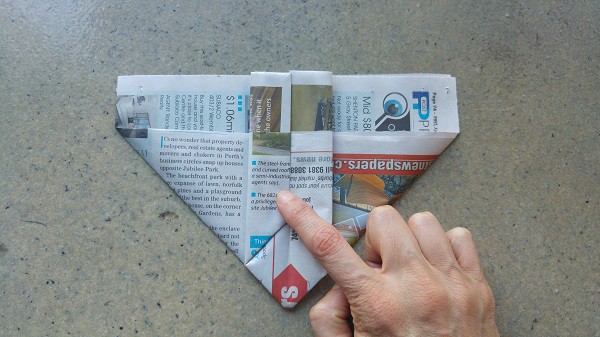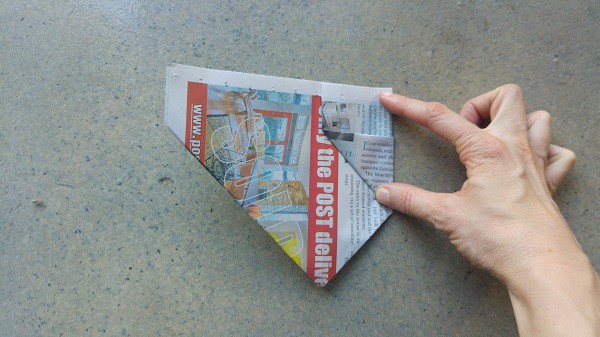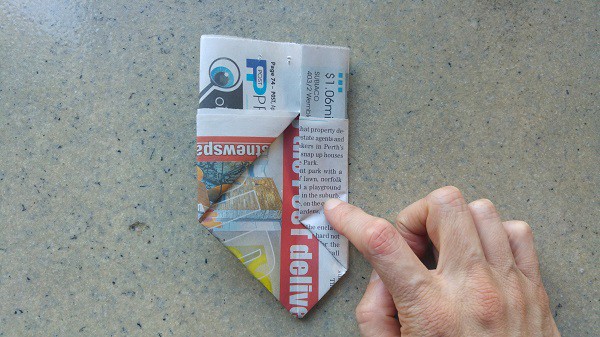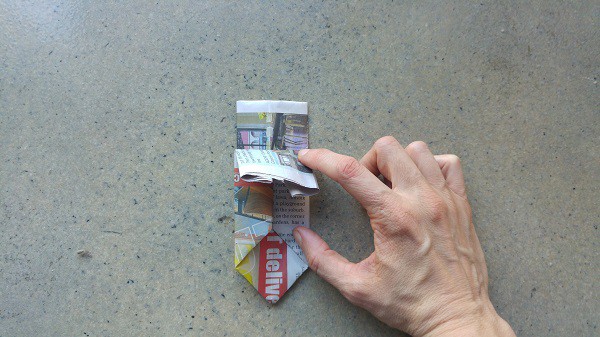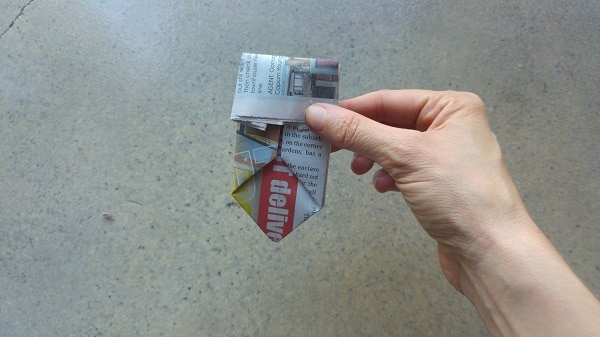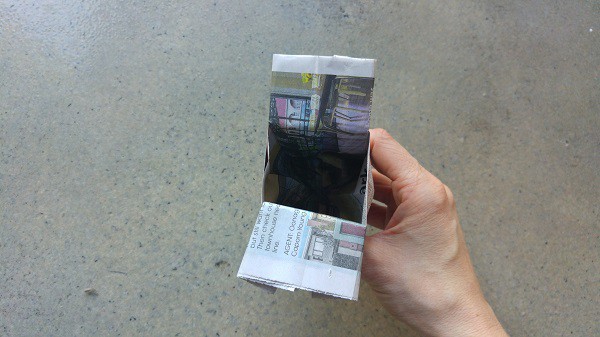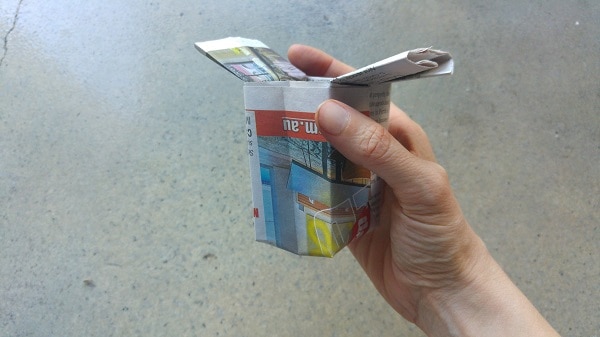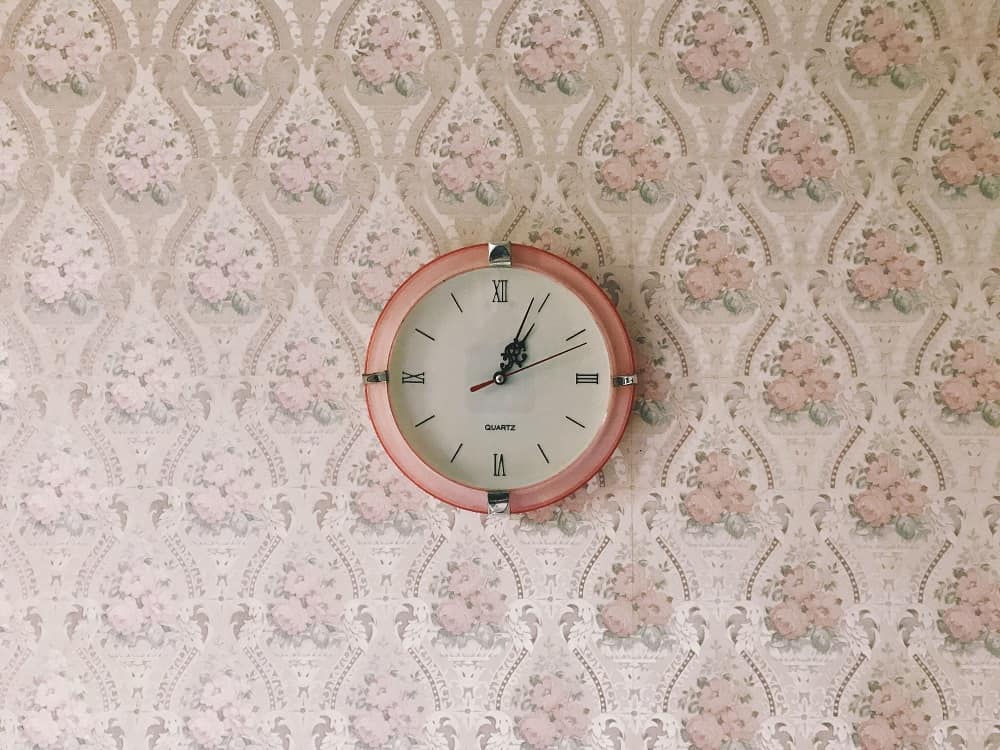When people think of the zero waste lifestyle, they tend to think of mason jars, bulk stores and unpackaged goods. Not everyone has access to bulk stores. Many people draw the conclusion then, that without access to a bulk store, they can’t live a zero waste lifestyle.
The truth is, the zero waste lifestyle is about much more than bulk stores and mason jars.
Groceries aren’t the only thing we buy. Furniture, toys, electronics, clothes, books, decor, equipment, household items: “stuff”, in other words.
At some stage in our lives we buy these things. With all of these things, we have a choice. We can choose to buy new, or buy second-hand.
Not everybody has access to bulk stores. But everybody has access to second-hand goods.
Choosing second-hand not only uses less resources, it’s unpackaged and it helps keep existing items in use and out of landfill.
The zero waste lifestyle is very much the second-hand lifestyle.
With the internet, access to second-hand items has become a whole lot easier. Yet some people still find the online world of buying and selling a little bewildering.
I’ve talked about how to sell items online in my eGuide Hoarder Minimalist, but I didn’t talk about buying. (It is a book about decluttering after all!) To live a zero waste lifestyle, buying second-hand is just as important as finding new homes for items we no longer require.
Whilst my husband and I don’t buy absolutely everything second-hand (hello, brand new underwear), all of the furniture in our home is second-hand. There is plenty of second-hand furniture out there to choose from.
We’ve bought almost all of our second-hand furniture using Gumtree Australia. We also use the platform to sell things that we no longer require. Recently Gumtree got in touch to ask if I’d be interested in collaborating. For me, the real questions are: do I believe wholeheartedly in what they do? And do I think writing about Gumtree is of real benefit to you, my readers?
The answer to both is yes.
Gumtree is a great platform for buying and selling online. It’s simple to use and free to buy and to sell: there are no hidden charges or fees. (There are some fees for premium features, but I have never used these.) It connects those with stuff they don’t need with those who want it. So yes, I want to encourage people to use it.
If I can convince more people to start buying second-hand, and sell (or gift) unwanted items rather than landfilling them, that’s wins all round.
If you’re new to the world of online buying and selling, this guide is for you.
How to Buy and Sell Online with Gumtree
Gumtree is an online listings/classifieds platform allowing users to buy and sell items online. It focuses on local trade, meaning most people will go directly to the seller’s home or workplace to buy the item.
The local approach means no shipping costs, lower carbon footprints and zero packaging. People buy and sell from other people within their local community. You get to inspect items before you actually buy them – so no receiving items that aren’t quite how they looked in the picture. No worrying about returns, either.
Using Gumtree: The Basics
To buy or sell you need to register, but the information you need to provide is basic. A name, email address, phone number and location (which can be a suburb). There’s no requirement to provide credit card or banking details.
You don’t need to be registered just to browse.
How to Search Effectively
People who list items on Gumtree want them sold – the sooner the better. I always search by “most recent items” and work backwards. Good value items and bargains rarely hang around!
I prefer well-made, quality items to the cheapest option, but searching by price is possible too. Importantly, it’s possible to search by suburb, local council area, urban area and state.
The categories are quite simplistic. If there’s a dedicated category for what I’m looking for, then I might search by category, but I tend to use the search bar. The search bar is also useful for searching by brand.
Using different search terms for the same thing will give different results. Searching by abbreviation as well as the full name of an item will give more results.
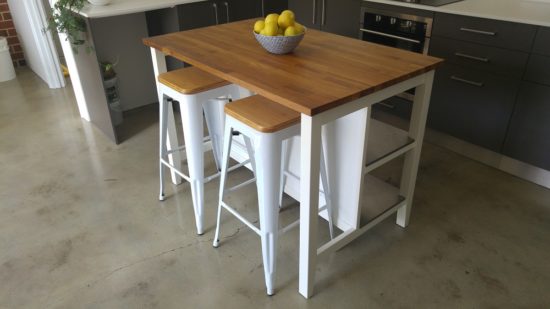
We bought this kitchen island second-hand a few months ago from Gumtree, and added these stools more recently. If you’re after something specific, find out if there’s a style or brand name to search for (these stools are Tolix stools). Not everyone will know the brand or model name, so use different descriptive titles too if you can’t find what you want (“bar stools” and “barstools” give different results, for example).
How To Create a Good Ad
Many people start out selling on Gumtree before they buy. It’s a good way to test the waters and find out how it works. Once you realise that other Gumtree users are friendly people wanting the stuff that you have, it’s easier to embrace the idea of buying.
When creating a listing, the first thing to do is choose a category. The categories are fairly simplistic and quite limited. I use “Home & Garden” the most, and then the appropriate subcategory. Avoid “Miscellaneous Goods” or “other” if you can – they are too vague.
Next you’ll be asked for the type of ad: free or paid. I’ve always used free ads. Paid ads have additional features, but I don’t find them necessary.
Free ads allow you to add 10 pictures. Use as many of them as you can! Don’t just take one out-of-focus picture. Take the front, the back, the sides, a close-up, and any nicks or damage.
When choosing a price, put what you think is fair. You can always edit it later. If you’re not interested in negotiating, write in the ad description “price is non-negotiable.”
When choosing a title, use all those characters! Put in all the words that relate to the item. It’s not meant to read well, it’s meant to attract buyers. For example, “sofa chair lounge armchair seating” will match far more search requests than “comfy chair”.
Also, think about typos. There are almost as many “draws” listed as there are “drawers”! Mention colour, material, and a brand or model name if there is one.
Be as descriptive and honest as you can. If the colour differs in real life to the photos, say so. If there’s damage, however minor, mention it. People would rather know the condition before they arrive at your place.
If it’s a current model, consider providing the link to the store for browsers to compare. Give dimensions; state where and how it was used. If you smoke or have pets, say so.
Finally, add your details. There’s no need to write your exact address, but give buyers an idea of your location. We put our road, but omit the street number on the listing. Whilst you need to give your phone number and email, if you prefer contact via a particular method, write it in the ad description.
How to Communicate:
Gumtree allows users to communicate directly with other users, by mobile phone or email. When contacting someone, be as specific as possible. As a buyer, add in when you’re free to drop by. As a seller, if someone asks “is this still available?”, don’t just respond “yes”. Ask when they want to come and look, let them know when you’ll be home, give a contact number or even the address.
Make it easy for people.
(Also, use your actual name. It’s much more personable.)
If you think something is a bargain, agree to collect as soon as possible.
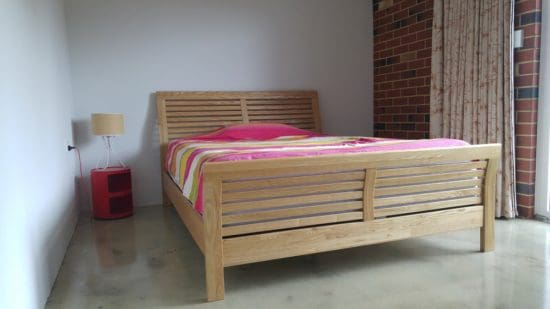
We needed a bedside table and lamp for our spare room. I’d like a wooden stand, but nothing was available, and we thought this would be a good stop-gap. The great thing about second-hand items is that if you change your mind, you can often sell them on again at the price you paid.
Price (and How to Negotiate)
Ultimately people will pay what they think something is worth, so overpriced items won’t sell. If the price is keen, the item will be gone in less than a week (and sometimes in a matter of hours).
Sellers: if you want something sold quickly, advertise at a low price. If you want more money, be prepared to hold out for longer. Remember – just because you paid a certain amount for something, that doesn’t mean it was worth the price.
Personally, I think it is bad manners to arrive at someone’s house and then start negotiating price. My policy is, if buyers try to negotiate at my house, the answer will be no. I’m always completely honest and overly descriptive in my listings, so there won’t be any surprises when they arrive. They can buy at the agreed price, or leave empty-handed.
Don’t feel pressured to accept less than you want. If they decide not to take them item, someone else will.
Sometimes people arrive with no change. I point them to the nearest ATM/petrol station. If that isn’t practical for you, ensure you have change on you. Some people genuinely forget; others are hoping you’ll round down.
Buyers: don’t feel obliged to negotiate. If you’re happy to pay the price advertised, then pay it. If you try to negotiate a keenly priced item when you’re happy to pay the full price, you’ll likely end up outbid by someone else and losing the item.
There’s no harm in asking if the seller is flexible on price before agreeing to buy. They’ll let you know if they are open to offers or not.
A good indicator if someone will be willing to negotiate is how long it’s been listed. If the listing has been active for 3 hours, chances are a lot more slim than if it’s been listed for a month.
If you arrive to buy and are not comfortable, the item isn’t as described, or you change your mind about the item, don’t feel like you have to go through with the deal. Apologise, say it is different to what you thought, and walk away.
Timing
In my experience, the weekend is when most things are bought and sold. If you list items on a Saturday morning you will have the most chance of success. If you’re looking for bargains, Saturday morning means the least chance of success as everybody else is online too.
Safety and Security
This is a personal consideration. I’ve been using Gumtree for many years without any issues. I’ve sold items late at night, early in the morning and during the day. I’ve had buyers prefer to do the transaction on the doorstep. Others come in (sometimes that is practical and necessary).
I’ve bought items where the seller has handed me the item on the doorstep. I’ve been invited in to collect the item. I even met one seller in a car park!
If you won’t feel comfortable with someone collecting items late at night, put preferred hours on your listing. If you’d rather not go alone to someone’s house, ask a friend to come along. If it’s possible, consider asking the buyer to collect from your place of work.
Other Practical Suggestions
If you’re buying anything big, heavy or bulky, ask if there’s easy access to the front door, if there are any stairs and if there will be anyone to help you move the item. Ask if they have a trolley, and find out the actual dimensions before you get there!
Similarly, if you’re selling, let potential buyers know what they’ll need to bring.
Don’t be scared to ask questions. Ask for more photos, model numbers, measurements, a condition report, where the item was purchased. Better to find out before than make a wasted trip.
If an item is electrical, ask to plug it in. If it’s furniture, sit on it. If it’s already been neatly packed for you, don’t feel bad about asking it to be unpacked so you can look at it properly.

We bought this bed because it was exactly the same as our existing bed (but in white), so we knew exactly what it would be like. (The old bed, also bought on Gumtree, is now in the spare room.) I told the seller I was interested but needed to arrange a trailer. He was moving overseas and had hired a ute, and offered to drop it round to ours for no extra charge! It meant he got to keep it until the day he wanted to move, and we got a hassle-free delivery!
Second-Hand Doesn’t Mean Shabby
People get rid of stuff for lots of reasons: marriage, divorce, moving home, moving country, children, pets or simply because they redecorate. There’s plenty of good quality, well made stuff out there in the second-hand market. Some of it isn’t even very old.
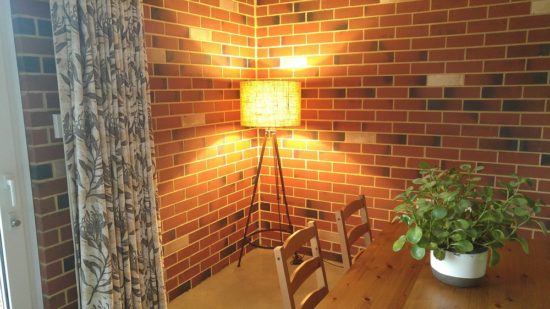
This lamp was only a few months old, and cost a fraction of the price it would have cost new. Second-hand doesn’t have to mean bedraggled.
For quality items, search for reputable brands. You can take it to the next level and go to the actual shop, write down what you like and then find it all on Gumtree. (I have a friend who did exactly this, and furnished her home at a fraction of what it would have cost new, with everything second-hand.) This works better with chains rather than boutique stores.
If you haven’t embraced second-hand furniture shopping, I thoroughly recommend you give it a try. Compared to most furniture shops, you don’t make a choice and wait 8 weeks for delivery. You get to use things right away.
Once you start finding great, useful items that you need at a fraction of the price you’d have paid to buy new (and without all that packaging) it’s very hard to go back.
Now I’d love to hear from you! Have you used Gumtree to buy or sell furniture or other items? How have your experiences been? What has been your best find – and what was your worst? If you haven’t shopped online for second-hand, is there anything that you’re worried about or that’s holding you back? Any other questions? Anything to add? I’d love to hear your thoughts so please comment below!
[leadpages_leadbox leadbox_id=1429a0746639c5] [/leadpages_leadbox]
This post was a collaboration with Gumtree Australia.
